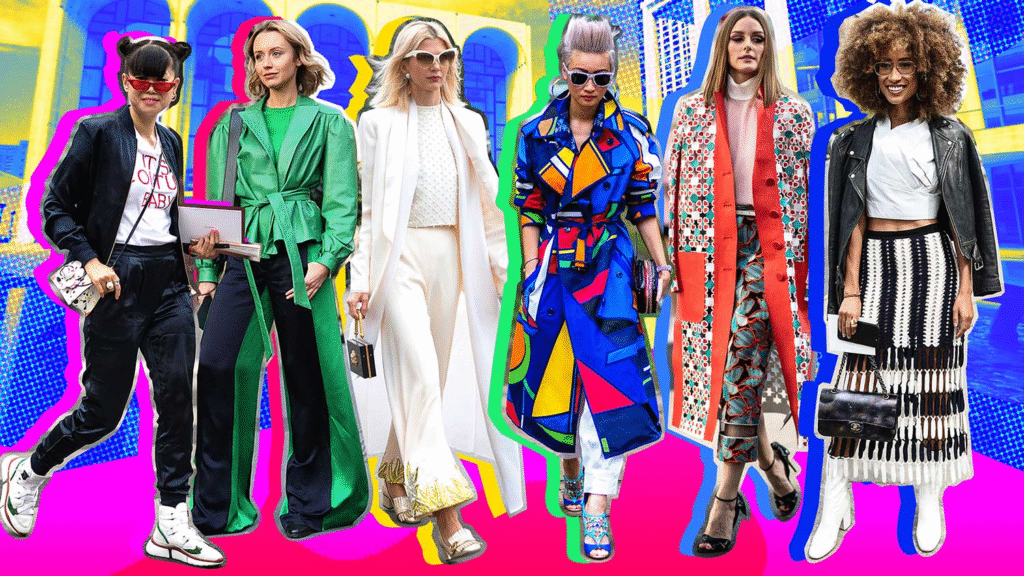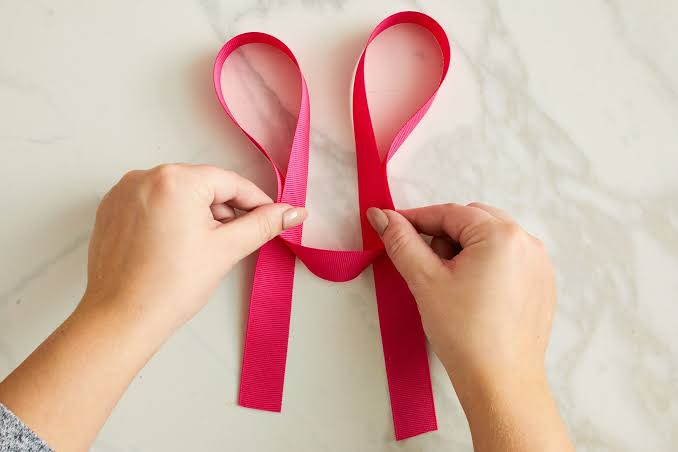In today’s interconnected world, fashion and health are no longer separate domains. The way we dress, the materials we choose, and the comfort we feel in our clothing all feed into our physical well-being, mental state, and lifestyle choices. Below is a deep dive into how fashion and health intersect, and how the right wardrobe mindset can support holistic wellness.
1. The evolving role of fashion in well-being
In decades past, fashion was primarily about aesthetics: shape, color, fit, and trend. But increasingly, fashion is being reframed as part of the wellness ecosystem — not just how you look, but how you feel, how your clothing supports movement, comfort, self-expression and even mental clarity. One article describes that “fashion isn’t just about making a statement—it’s about fostering a lifestyle that promotes physical and mental health.”
For example, when we choose garments that allow us freedom of movement, breathable fabrics, and pieces that reflect our identity rather than simply following the latest fad, we support a sense of empowerment, comfort and authentic self-expression. Numerous researchers link the act of dressing with mood, confidence, and psychological resilience.
Thus fashion becomes not merely surface-deep: it becomes part of our health armour, as much as our self-image.
2. Physical health considerations: fabrics, fit and function
When it comes to health, we often think of diet, exercise and sleep—but our clothing choices can influence very tangible physical factors including skin health, movement, posture and environmental comfort.
Fabric matters. Natural fibres, well-woven garments, breathable materials speak to skin health and physical comfort. One article notes that “natural fabrics protect your skin from irritation and rashes… natural, dermatologically safe fabrics” make a difference.
Fit and ergonomics. Clothing that is too tight, overly restrictive, or uses high heels, corsets or other extreme design features may cue physical discomfort or even injury. One study exploring “risky fashion practices” found that high-heels and fashion interest were linked to physical risk (e.g., joint damage) because perceived benefits outweighed perceived risks.
Performance-driven fashion. As active-lifestyle clothing (athleisure, performance fabrics) becomes more normalised, your wardrobe does double duty: looking good and facilitating movement, flexibility, and comfort. The “well fashion” trend is touching this very fusion of aesthetics and function.
Skin and microbiome. Some research suggests that clothing finishes (antimicrobial, chemical treatments, synthetics) may interfere with the skin microbiome. For example, “smart clothes” or textiles with infused compounds (vitamins, antimicrobial agents) are emerging.
In short: what you wear can support health by enabling movement, protecting your skin, allowing breathability, and avoiding physical compromise.
3. Mental health, identity and style
Beyond the physical, fashion plays a powerful role in shaping identity, mood and confidence. What you choose to wear communicates something—sometimes to yourself more than to others.
The colour you wear, the comfort you sense, the style you adopt: all contribute to how you feel. One article puts it succinctly: “What you wear does far more than change how others see you. Recent studies show strategic outfit choices can actually increase your happiness and self‐esteem.”
Self-expression and empowerment. Clothing becomes a tool for expressing who you are, what you value, how you feel. Choosing garments that feel “you” is therapeutic, gives you agency, and enhances confidence.
Emotional safety and comfort. When clothing fits your body well, feels comfortable, and aligns with your aesthetic, you may experience less internal friction (less self-critique, less distraction) and more focus on living. This supports mental well-being.
Avoiding harmful practices. On the flip side, fashion can also become a source of stress—pursuit of unrealistic ideals, discomfort for the sake of “looking good”, or materials that irritate or distract. A study of “risky fashion practices” showed that perceived benefits (e.g., looking attractive) often outweigh perceived risks (e.g., health consequences) when people wear high heels or tan excessively.
Thus, an intentional wardrobe—one that considers both aesthetics and how you feel wearing it—contributes meaningfully to mental health.
4. Style meets innovation: modern brands and experiences
In the intersection of fashion and health, some brands are stepping up to blend design, innovation and wellness. A strong example is the brand Cyber-Techwear, which offers tech-wear and cyberpunk aesthetic stylings. Their website highlights jackets, hoodies and street-style pieces that combine bold design with functional materials and modern vibe.
Though the specific health attributes (e.g., fabric breathability, ergonomic design) of each piece should be reviewed individually, brands like this illustrate how fashion is evolving: beyond “just looks” to purpose, materiality and lifestyle alignment. If you’re drawn to an edgier, futuristic wardrobe that supports confidence and personal identity, their catalog is worth a look.
5. Sustainability, ethics and health
It’s also vital to link fashion and health through a broader lens: sustainability, ethical production and the environment all influence human health — not just our immediate comfort or mood, but the broader health of communities and the planet.
Fast fashion has major environmental and health implications—pollution, resource overuse, worker conditions—all of which circle back to public and planetary health.
Sustainable fashion practices—choosing durable materials, ethical supply chains, slower consumption—are aligned with wellness. One article observes how “smart clothes” and wellness-fashion go hand-in-hand: sustainable, ethical, healing, more inclusive.
From a health angle, choosing fewer garments of higher quality, buying natural fibres, and avoiding synthetic chemical-rich finishes supports wearer well-being (skin health, chemical exposure) and supports the ecosystem of health.
6. Practical tips: integrating fashion & health into your wardrobe
Here are some actionable guidelines to help you merge fashion and health in your everyday life:
- Prioritise comfort and fit: Choose clothing that moves with you, fits your body appropriately, and doesn’t force you into compromised posture or discomfort.
- Choose friendly fabrics: Natural fibres (cotton, linen, organic blends) breathe better, reduce skin irritation and promote comfort. Synthetic finishes may look trendy, but there are increasing concerns about chemical exposure.
- Colour and style intentionally: Wear colours that boost your mood (e.g., yellow for energy, blue for calm) and choose styles that feel like you rather than just what’s trending.
- Functional aesthetics: If you lead an active lifestyle, look for pieces that combine style with performance — lightweight layers, versatile jackets, flexible fabrics.
- Slow down trend-chasing: Think of clothes as investments in your well-being and identity, not just rapid turnover. This helps reduce waste, cognitive load (what to wear?), and promotes sustainability.
- Check garment care and lifecycle: Washing practices, durability, repairability all affect health (both personal and environmental).
- Express who you are: Ultimately, fashion is a language. Choose what feels authentic. Clothing that fits your identity supports resilience, confidence and psychological comfort.
7. Looking ahead: what’s next in fashion + health
The future of the fashion-health nexus looks exciting. We’re beginning to see real innovation: garments infused with wellness properties (antioxidants, antimicrobial agents), adaptive fashion for different bodies, fabrics that monitor or respond to body metrics, and more inclusive design.
As the industry evolves, I expect we’ll see:
- More integration of wearable-tech into everyday clothing.
- More transparency around materials, production and health impacts.
- Broader acceptance of diverse body-types, styles and identity expressions, tied to mental-health awareness.
- Greater consumer awareness of how their wardrobe choices impact not just appearance, but long-term health outcomes (skin health, joint comfort, mental state, environmental effect).
8. Conclusion
Fashion and health are deeply intertwined. The clothes we pick, the way they fit, the materials they’re made of, and the identity they express all influence how we feel, how we move and how we show up in the world. Prioritising wellness in fashion means choosing garments that support our body, mind and values.
Brands like Cyber-Techwear offer a style-driven route into this new paradigm—bold, modern and functional. At the same time, as we consider the broader health implications of fashion (environment, materials, ethics), it’s worth exploring and supporting labels that emphasise organic fibres, ethical production and holistic well-being. For instance, check out wellness-dharma.com for organic clothing that aligns fashion with conscious health and sustainable living.
By being thoughtful about our wardrobe, we can wear our health (and our values) quite literally on our sleeves.






